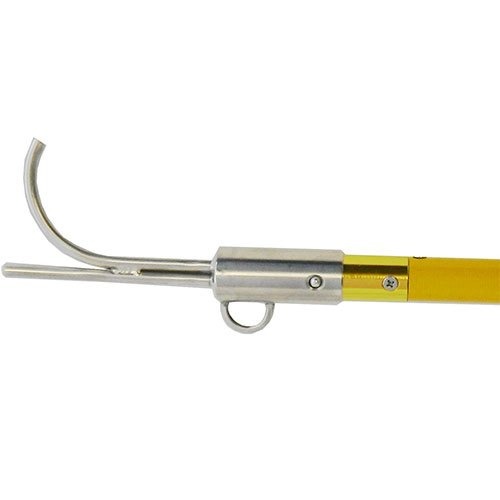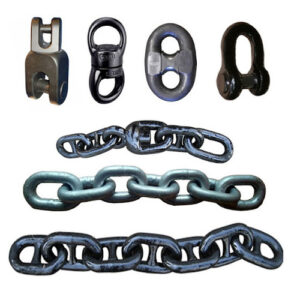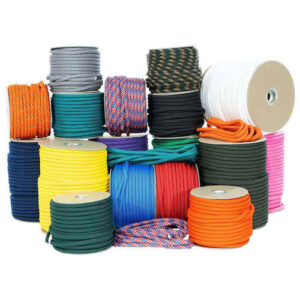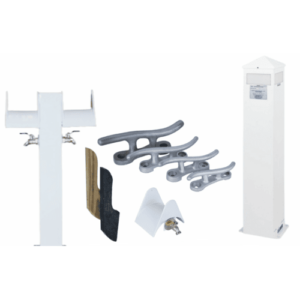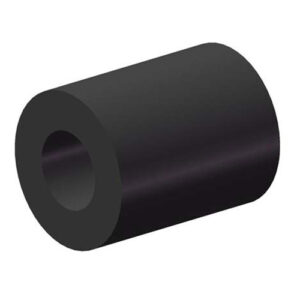Key Features of Boat Hooks
1. Design and Structure of Boat Hook
Boat hooks feature a lightweight shaft paired with a curved or double-ended head for grabbing, pushing, or pulling. Most models offer telescopic handles for adjustable reach, ensuring precision during docking and line handling from a safe distance.
2. Boat Hook Material
Manufacturers use marine-grade aluminum, fiberglass, or reinforced plastic to construct the shaft. The hook heads often come with non-marring rubber tips or stainless-steel claws for durability and scratch-free contact with other vessels or docks.
3. Lifting Capacity of Boat Hooks
Although not intended for lifting heavy loads, boat hooks easily retrieve lines, fenders, or small gear from the water. Their structural integrity allows them to handle the tension involved in guiding vessels or positioning ropes during docking maneuvers.
4. Installation and Integration of Boat Hook
Crew members can stow boat hooks on deck rails, bulkhead clips, or storage lockers. Their compact and collapsible designs allow easy access when needed, and most models come with universal fittings or looped ends for compatibility with marine accessories.
5. Safety and Control of Boat Hooks
The ergonomic grip and lightweight build enhance user control, reducing the chance of strain or slippage. Their non-slip handles ensure a firm grip even when wet, while the extended reach keeps users clear of dangerous edges or swinging lines.
6. Durability and Maintenance of Boat Hooks
Designed to withstand saltwater and UV exposure, these tools require minimal upkeep. Occasional rinsing and inspection of the locking mechanisms ensure they stay operational. Corrosion-resistant finishes and sealed joints further improve longevity.
7. Versatility
Marine crews use boat hook for various tasks—retrieving mooring lines, fenders, floating objects, or securing a vessel to a dock. Their multipurpose functionality makes them essential onboard for both leisure and commercial applications.
8. Compliance and Standards
While boat hook are not subject to classification certifications, they meet general marine equipment safety standards. Many products also follow ergonomic and construction guidelines outlined by international boating safety authorities.
